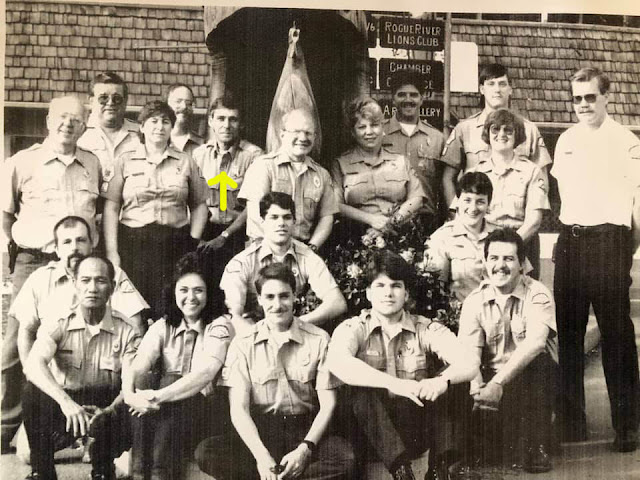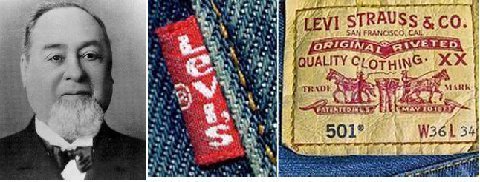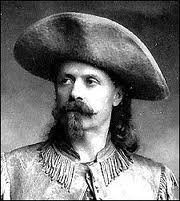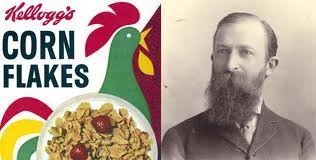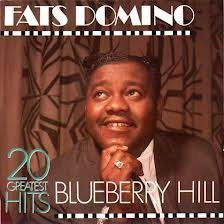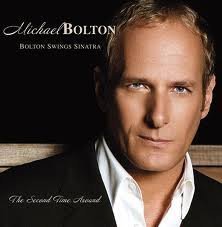
The Falcon 8×8 Is The Largest Firetruck In The World....
Of course, the biggest (and likely most expensive) firetruck in the world was created by a company in Dubai. The vehicle in question, dubbed the Falcon 8×8, is an eight-wheeled fiberglass behemoth that boasts around 900 horsepower.
Why fire trucks are red
Some believe fire trucks were first painted red because of early cars. In the 1900s, Henry Ford suggested the color black for his Model T Ford’s due to the cheap cost and durability of the paint. With so many black vehicles, it is said that fire brigades wanted the rigs to stand out.
Cincinnati Fire Department: First In The Nation. On April 1, 1853, Cincinnati, Ohio, established the first professional and fully paid fire department in the United States.
We've combined two American favorites into one casserole that'll be your family's new favorite dish. Our Loaded BBQ Baked Potato Casserole is a family favorite one, because it's absolutely delicious, and two, because the recipe is filled with easy shortcuts that save time but don't skimp on flavor! What more could you ask for?
- 1 (24-ounce) package refrigerated mashed potatoes
- 2 cups (8 ounces) shredded sharp Cheddar cheese, divided
- 1 cup (4 ounces) shredded Monterey Jack cheese with peppers
- 1/2 (8-ounce) package cream cheese, cut into cubes
- 1/2 teaspoon salt
- 1/2 teaspoon black pepper
- 1 cup sour cream
- 2 cooked chicken breasts, shredded
- 1/2 cup barbecue sauce
- 6 slices precooked bacon, crumbled
- Preheat oven to 375º. Coat a 7- x 11-inch baking dish with cooking spray.
- In a large microwaveable bowl, stir together mashed potatoes, 1 cup Cheddar cheese, the Monterey Jack cheese, cream cheese, salt, and pepper. Cover and microwave on HIGH 4 minutes. Stir in sour cream.
- Spoon potato mixture into prepared baking dish. Arrange chicken evenly over potatoes, drizzle with barbecue sauce, sprinkle evenly with bacon, and the remaining Cheddar cheese.
- Bake 15 minutes, or until casserole is thoroughly heated and cheese is melted.
Pistachios arrived in the United States sometime in the 1880s, but they have been cultivated in the Middle East since Biblical times.
The pistachio tree grows to about 20 feet tall needing little or no rain and must have high heat. Amazingly, in Iran, they claim to have 700-year-old pistachio trees! A new tree takes between 7 and 10 years to mature and bear fruit.
Pistachio Facts:
- All pistachio shells are naturally beige in color. Some companies dye nuts red or green if nuts are inferior or for consumer demand.
- California produces about 300 million pounds of pistachios each year, accounting for 98 percent of America’s production.
- Pistachio shells typically split naturally when ripe.
- The kernels are often eaten whole, either fresh or roasted and either salted or unsalted.
- In the Middle East, people call the pistachio the smiling nut.
- In China, people call the pistachio the happy nut.
“Pistachios are an excellent source of vitamin B6, copper and manganese and a good source of protein, fiber, thiamine and phosphorus. Scientific evidence suggests but does not prove that eating 1.5 ounces per day of most nuts, such as pistachios, as part of a diet low in saturated fat and cholesterol, may reduce the risk of heart disease.” US Food and Drug Administration, July 2003
A Great Thing To Do — Recycle the Pistachio Shells!
The empty pistachio shells are useful for recycling in several ways. If unsalted, the shells need not be washed and dried before reuse, but washing is simple if that is not the case. Practical uses include as a fire starter; kindling to be used with crumpled paper; to line the bottom of pots containing houseplants for drainage and retention of soil for up to two years; as a mulch for shrubs and plants that require acid soils, as a medium for orchids; and as an addition to a compost pile designed for wood items that take longer to decompose than leafy materials (it can take up to a year for pistachio shells to decompose unless soil is added to the mix).
Shells from salted pistachios can also be placed around the base of plants to deter slugs and snails. Many craft uses for the shells include holiday tree ornaments, jewelry, mosaics and rattles. Research indicates that pistachio shells may be helpful in cleaning up pollution created by mercury emissions.














